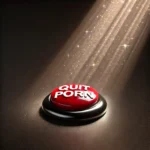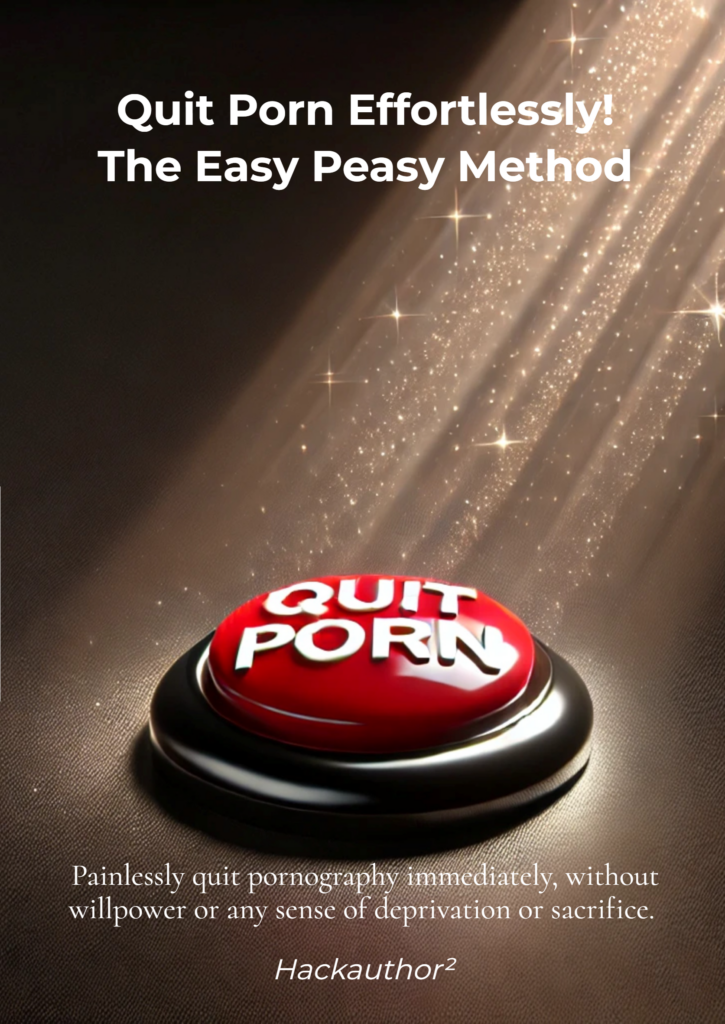Let’s talk about triggers. They’re those sneaky little cues—either external or internal—that seem to pop up out of nowhere, reminding you of old habits and sparking cravings. They’re like the unwelcome guest at the party of your recovery. Triggers can be anything: a time of day, a specific emotional state like boredom or stress, or even a place or activity that feels linked to the behavior you’re trying to quit. And let’s be real—early on in recovery, these triggers can feel like an uphill battle. But here’s the good news: with the right mindset and tools, you can learn to deal with them, and even use them to your advantage.
First, let’s get into what triggers really are. In simple terms, they’re associations your brain has made over time. Think of them as Pavlov’s dog experiments but on a much deeper level. Every time you engaged in an addictive behavior, your brain lit up with dopamine—the “feel-good” neurotransmitter. Over time, certain cues got paired with that dopamine rush. Maybe it’s the moment you sit down at your computer alone, or the way you feel after a stressful day. Your brain’s learned to connect those moments to the relief or escape you once felt through your addiction. It’s like your brain whispers, Hey, we know what to do now, and then cravings kick in.
.
Here’s why triggers can feel particularly powerful in the early stages of quitting. When you first stop engaging in an addiction, those old neural pathways are still intact, sending out signals whenever you encounter a cue. It’s not your fault—it’s just conditioning. But the Easy Peasy method teaches us that cravings, while they feel overwhelming, aren’t as all-powerful as they seem. They’re temporary. They’ll pass if you don’t act on them, and every time you resist, those old pathways weaken.
So, how do you deal with triggers? Let’s break it down with some practical strategies. The first step is tackling the brainwashing that fuels addiction. The Easy Peasy approach emphasizes that much of addiction is based on false beliefs—that the substance or behavior provides real relief or happiness. When you encounter a trigger, remind yourself that the craving you feel isn’t a sign that you need the behavior. It’s just your brain reacting to conditioning, not a real need. Recognizing this can take a lot of the power out of cravings.
Another helpful approach is avoiding tempting situations, especially early on. Think of it like giving yourself a head start. If you know certain environments or activities make you more vulnerable, it’s okay to steer clear of them for a while. Maybe that means changing up your routine so you’re not alone with your computer late at night, or avoiding certain websites that could lead you down the wrong path. Over time, as you get stronger, you won’t need to avoid these triggers as strictly. But in the beginning, setting yourself up for success can make a big difference.
Now, let’s talk about mindfulness. I know, I know—“mindfulness” might sound like one of those buzzwords you’ve heard a million times. But trust me, it’s worth exploring. When a trigger hits, your first instinct might be to panic or distract yourself immediately. But what if you just… sat with it? I know that sounds counterintuitive, but here’s the thing: cravings are like waves. They rise, they peak, and then they fall. If you can ride out the wave without giving in, you’ll notice that the craving loses its intensity over time. Mindfulness teaches you to observe your thoughts and feelings without judgment, so instead of thinking, Oh no, I can’t handle this, you can think, Ah, there’s that craving again. Let’s see how long it lasts.
Here’s a fun twist: what if you stopped viewing triggers as obstacles and started seeing them as opportunities? I know, easier said than done. But hear me out. Every time you face a trigger and resist it, you’re training your brain to break the old patterns. It’s like going to the gym for your willpower. The more reps you do, the stronger you get. Over time, those triggers lose their power, and you gain confidence. It’s a total mindset shift—from dreading triggers to using them as stepping stones.
One of my favorite strategies for handling triggers is creating new associations. Let’s say evenings alone used to be a major trigger for you. Instead of dreading those moments, why not fill them with something new? Pick up a hobby, dive into a book, or start an evening workout routine. By consistently replacing the old behavior with a new, positive one, you can train your brain to associate that time with something healthier and more fulfilling. It’s like rewiring your internal circuit board.
Now, we can’t talk about triggers without addressing fear. Fear plays a huge role in addiction—fear of withdrawal, fear of discomfort, even fear of missing out on what you think the addiction is giving you. This fear can make triggers feel bigger and scarier than they are. But the Easy Peasy method reminds us that much of this fear is based on illusions. The addiction isn’t actually solving your problems or making you happy—it’s just keeping you stuck. Once you recognize that the fear is a trick, it loses its grip on you. And when you face a trigger, you can remind yourself that you’re not really giving anything up. You’re gaining freedom.
Long-term recovery is about playing the long game. Early on, triggers might feel constant and intense, but over time, they lose their edge. Your brain starts to rewire itself, and the associations between cues and the addiction weaken. But here’s a word of caution: triggers don’t disappear entirely. Even years down the road, you might encounter a moment that reminds you of the past. The key is to stay vigilant and not get complacent. Recovery isn’t about being “cured”—it’s about staying mindful and continuing to choose the life you want.
That brings us to an important point: relapse. It’s something a lot of people worry about, and understandably so. But relapse isn’t a failure—it’s a signal. It’s your brain telling you there’s still some rewiring to do, and that’s okay. The tools you use to handle triggers in the early days of recovery are the same ones that will help you if a trigger catches you off guard later on. Mindfulness, reframing, new associations—they’re all part of the toolbox that keeps you grounded.
So, where does this leave us? Coping with triggers might feel daunting at first, but it’s absolutely doable. The more you understand what triggers are, why they happen, and how to respond to them, the more empowered you’ll feel. And remember, every time you resist a craving, you’re one step closer to breaking the cycle for good. Triggers aren’t the enemy—they’re opportunities to grow, to strengthen your resolve, and to prove to yourself just how capable you are.
I hope today’s episode has given you some helpful insights and maybe even a boost of confidence. Recovery isn’t a straight line—it’s a journey. And every step you take, no matter how small, is a victory worth celebrating. Thanks for spending this time with me. If you found this conversation helpful, share it with someone who might need it. And remember, freedom isn’t just possible—it’s waiting for you. Until next time, take care, keep going, and celebrate the incredible progress you’re making. You’ve got this.

